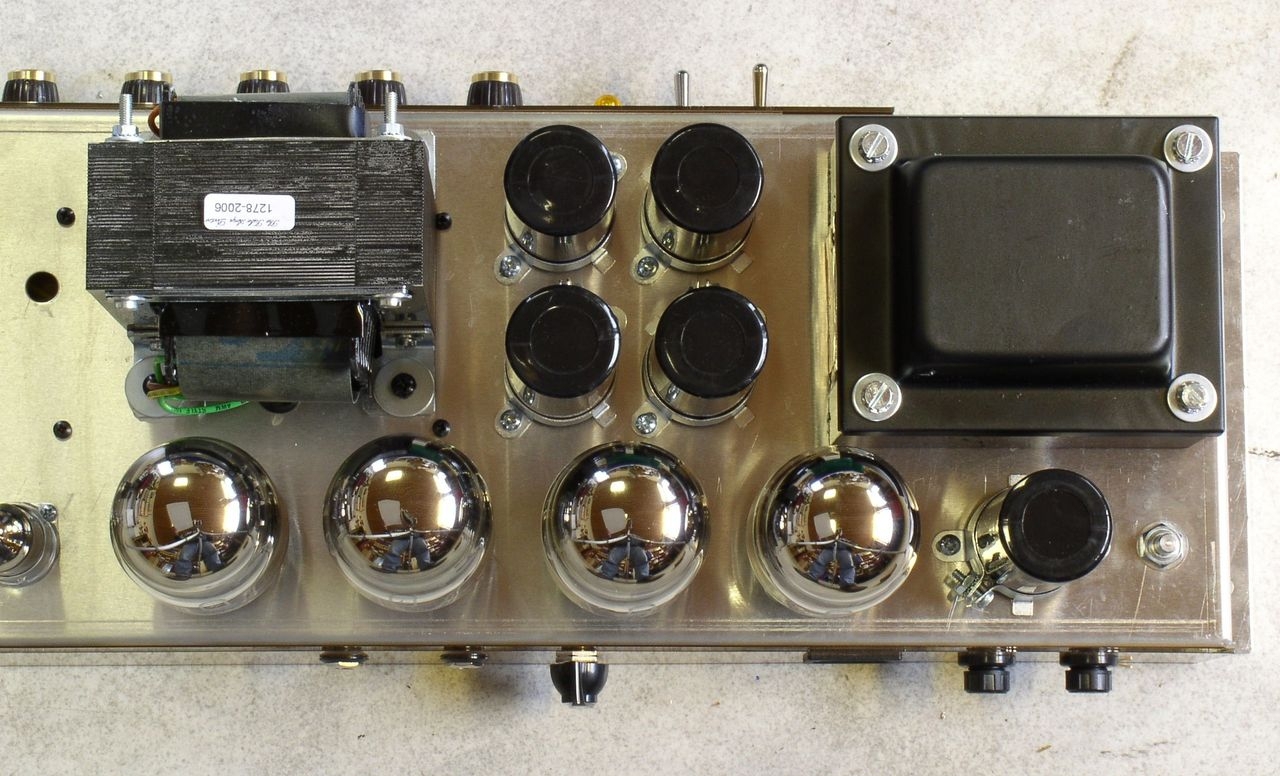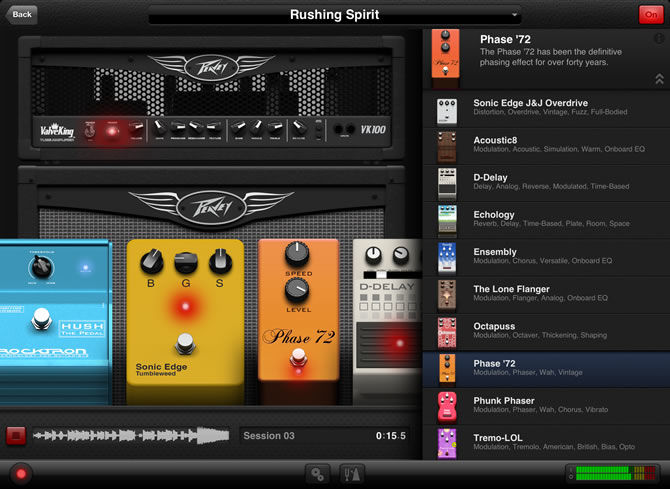
We had no feedback issues with this adapter when connecting to a home cinema surround sound amplifier, but once we connected the iRig to our guitar amp (clean channel, no effects, middled tone controls across the board) and engaged a high gain amp model in the software, specifically the Metal amp, we had an immediate problem with piercing audio feedback screeching out from our amp speaker at any volume setting. Well, we wondered about this and as we only had the 1/8" to 1/4" adapter available to us, we tried it anyway. The scant instructions give just the essentials for setting up the iRig, but they do warn that using a 1/8" to 1/4" adapter on the headphone output will cause audio feedback. Sidenote: Feedback Warning - Follow the InstructionsĪs we mentioned above, feedback with these kinds of devices can be a problem due to impedance issues. We hope to get a review to you soon for both the AmpKit link and AmpKit app, but we have been holding out for an iPad specific version, which is apparently in the works. This is a hardware device designed for exactly the same purpose as iRig, but with active (battery powered) circuitry designed to eliminate the feedback inherent with the unpowered versions like iRig. This is not a review of AmpKit, that is for a future post, but the extremely high gain Peavey amps simulated in AmpKit are a particular challenge to iRig, and Agile Partners recommend, of course, their partner Peavey's AmpKit Link audio interface. The main issue here was high pitched feedback at anything but extremely low input levels.

We also tried iRig with a number of iPhone audio apps including:įor the most part there were no issues with iRig and the above apps, the only problem we did have was with AmpKit by Agile Partners and Peavey.
#AMPKIT SETTINGS FULL#
The iRig was recognised as an input device by every app we tried without fail. This included iPad specific apps Amplitube for iPad (look out for our review soon), StompBox and StudioTrack (read our full StudioTrack review here). We had no problems at all connecting a guitar straight away and after confirming the warning about turning down the volume before we start, especially with headphones connected, we were off and rocking (well, we made noise with our guitar). Plug your headphones into this output for quiet practice without disturbing anyone else, or connect it to speakers, a sound system, a guitar amp or even a PA system for full-on live sound. This handles the audio input and importantly provides an audio output or monitor via a standard 1/8" headphone jack. So the only way to do this effectively without a USB 'hack' is through a hardware device such as the iRig from IK Multimedia. For electric guitar, not hearing an output at all is a problem, as plugging a device with audio input into the headphone jack mutes the built-in speaker. Using the built in microphone, or the headset mic, has always meant not being able to hear the output if you were using an acoustic guitar.
#AMPKIT SETTINGS PRO#
Launch JamUp Pro and select any guitar rig preset.Amp simulation apps have existed for a while on iOS, but the problem has always been getting the guitar signal into the device and hearing the subsequently amplified output. We are using JamUp by Positive Grid as an example for setting up your effects and amps, however, what you will learn in this guide can be used with a variety of guitar apps to reduce feedback and adjust your tone! These principles can also be applied to Bias Amp 2, Amplitube, ToneStack or AmpKit for example. In this guide, we'll take you through the first steps your virtual rig setup.

Like any traditional guitar setup, it can take some tweaking to get the tones you want and avoid the ones you don't.

Follow this quick and easy guide for downloading and optimizing your first guitar app - Jamup Pro to get the best out of your Fusion Guitar from first play! Your Fusion Guitar is the first of its kind and has a unique integration of classic amps and stompbox effects, on-board amp, powerful speakers, and traditional guitar hardware.


 0 kommentar(er)
0 kommentar(er)
